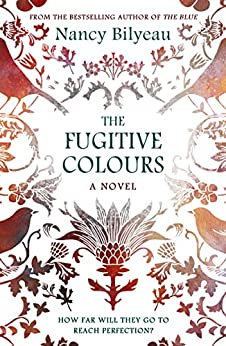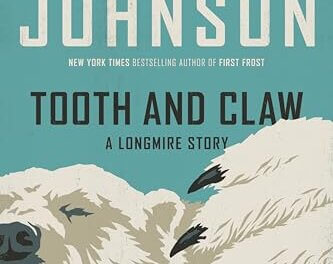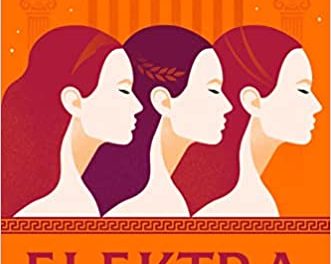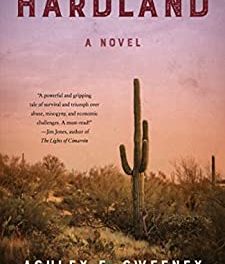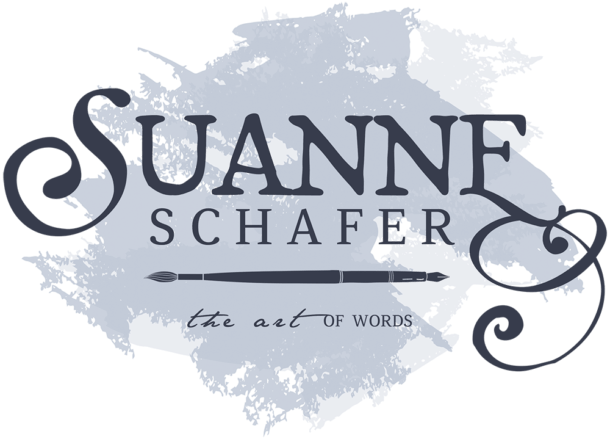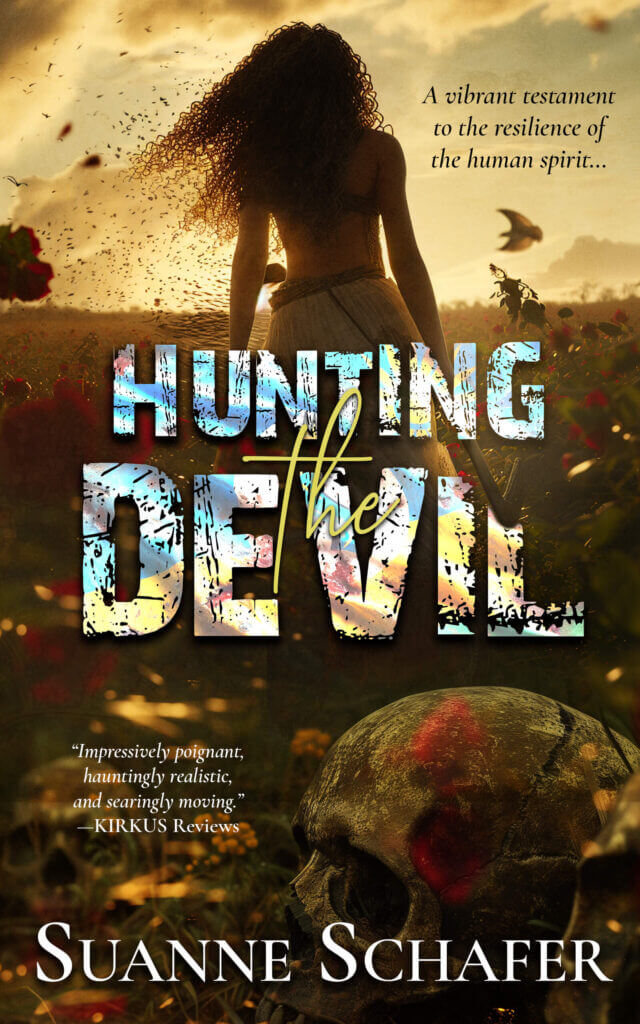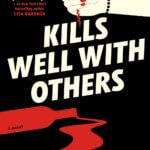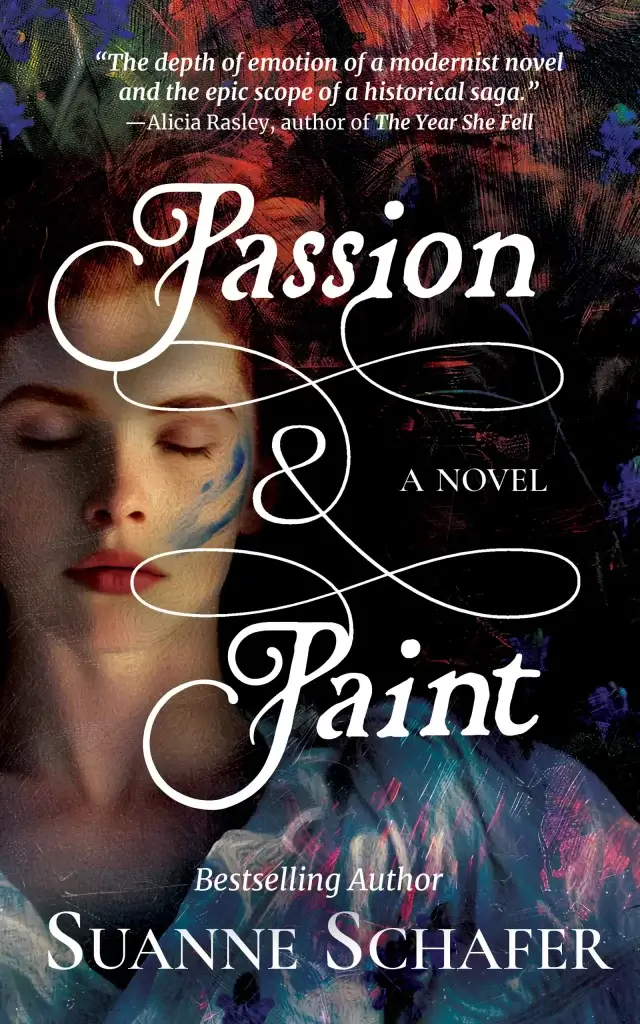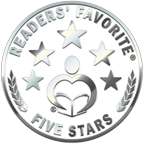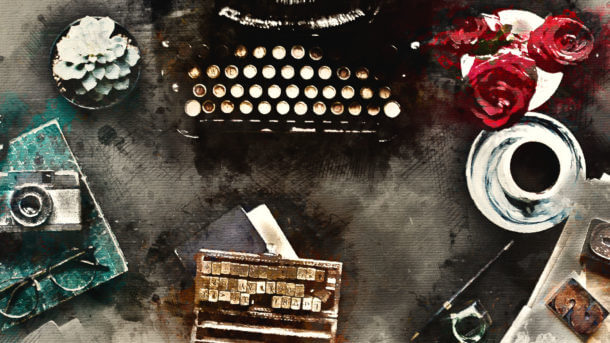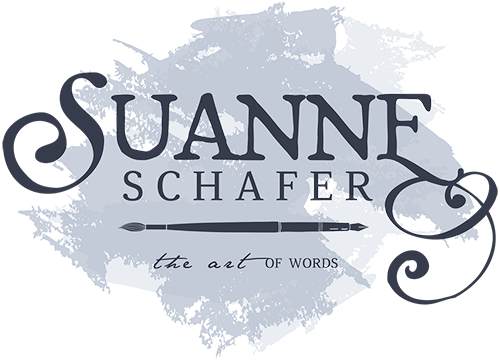The Fugitive Colours is Nancy Bilyeau’s sequel to The Blue, a historical thriller set in the 1760s. Genevieve Planché is an artist who, as she tries to pursue a career in the arts, finds that men control the art world. Genevieve must live with actions that occurred in The Blue and that currently affect her life. Now married with a child, she must make ends meet, and thus opens a design studio and turns her talents to designing fabrics for local Huguenot silk weavers. Ultimately, she learns that men control that industry as well—in fact, men control all of society.
When a famous artist invites her to an evening honoring the recently-deceased artist, Hogarth, she dares hope that her work will be acknowledged. Instead, she and her spouse are again plunged into the world of spies. No one is who or what they seem to be, but they all want her husband, a chemist, to break his agreement with the British government that he will no longer create colors for artists or porcelain makers.
Bilyeau does a great job blending multiple storylines and ideas about art and science that were prevalent during the mid 18th century. Scientists were exploring electricity as the potential to replicate the soul or to resurrect human bodies. Other scientists were still searching for the Philosopher’s Stone that would turn lead into gold. The gap between the haves and the have-nots was widening as Britain taxes literally everything to pay for the seven years of war with France. Artists and writers were beginning to show the downtrodden in art and literature, forcing people of the time to acknowledge society’s imperfections.
********************
The Fugitive Colours (Lume Books, May 12, 2022) is available through:
********************
This post may contain Amazon Affiliate links. As an Amazon Associate, I may earn a small amount from qualifying purchases at no cost to you.
